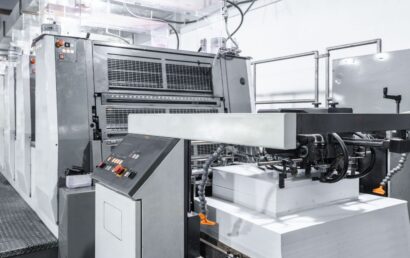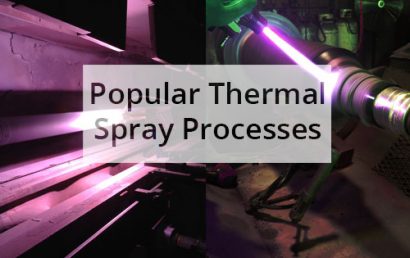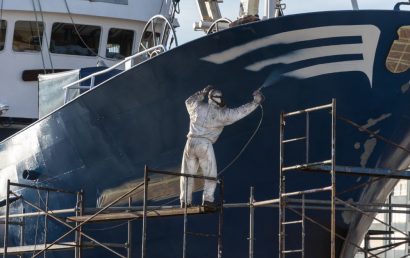Get Answers To Popular Metalizing Questions That You Want To Ask!
Thermal spray coatings are highly important in a wide range of industries. Take a car for example – it is made up of hundreds of small parts and each of them are carefully designed and constructed to offer the best functionality. As the car will most likely be driven on a daily basis, those parts require protection against the elements that wear them out. From withstanding pressure, weather changes as well as wear and tear, this is where thermal spray processes come in, and they are used to apply the necessary coatings.While there are processes like HVOF, plasma spraying and spray and fuse hardfacing, one certainly can’t forget about the metalizing process. Here are some of the popular metalizing questions you should know about:
What is Metalizing?
Metalizing is a process which involves coating the surfaces non-metallic objects with a thin metallic film. This coating process is pretty common and it is used to improve the resistance of a material against fatigue, wear and corrosion.Metalizing canbe applied in many industries, such as:
- Electrical
- Aerospace
- Solar product manufacturing
- Automotive
- Oil and gas
- Defense
What are the Advantages of this Thermal Spray Process?
Metalizing offers a great range of benefits. Some of them include:
- Metalized surfaces never exceed 250-300°F. You never have to worry about distortion of the steel or weld damage that can be caused by overheating or high temperature
- Metalizing processes can produce coatings that are zinc-based. It ensures zero VOC emissions
- Metalizing processes can significantly increase fabricator throughput as there is no dry or cure time
- Metalizing processes ultimately reduce the number of field splices needed – no size limitation!
How Does Hot Dip Galvanizing Compare Against Metalizing?
For starters, the two can be zinc-based coatings that are designed to protect steel substrates. They can also offer cathodic and physical barrier protection. While they may seem similar, they certainly different from each other. Metalizing processes rely on a mechanical bond between the surface of the steel substrate and the zinc to form protective coatings. Due to this mechanical bond, surface preparations for metalizing coatings are critical to performance.Hot-dip galvanizing processes involve total immersion of the steel element into a bath of molten zinc. The zinc materials bond with the steel substrate as though it was part of it. That’s why it is not a coating.
Why is this a Good Process for Steel Corrosion?
These processes are becoming increasingly popular in the United States. It can coat a wide variety of surfaces, including steel bridges (there is no limit as to the size of components that can be treated!), to provide corrosion protection and preserve the structural integrity of parts in the long term. What’s more, metalized coatings can contain up to 99.9% pure zinc, which makes it an ideal option for anti-corrosion treatment. As zinc can protect steel surfaces through the means of an electrochemical process (insulation and sacrificial action), it will corrode in place of the steel.
Are Metalizing Coatings Strong and Durable?
Yes, metalizing coatings are strong and durable. Coatings produced by this thermal spray process can protect steel structures which are exposed to aggressive environmental conditions. In addition, the coatings ensure their longevity and structural integrity. If the surface is properly prepared, metalized coatings can actually provide an indefinite service lifespan that lasts up to three decades! What’s more, the durability of the coatings can be increased by using topcoat sealants to fill voids (this prevents moisture infiltration).



